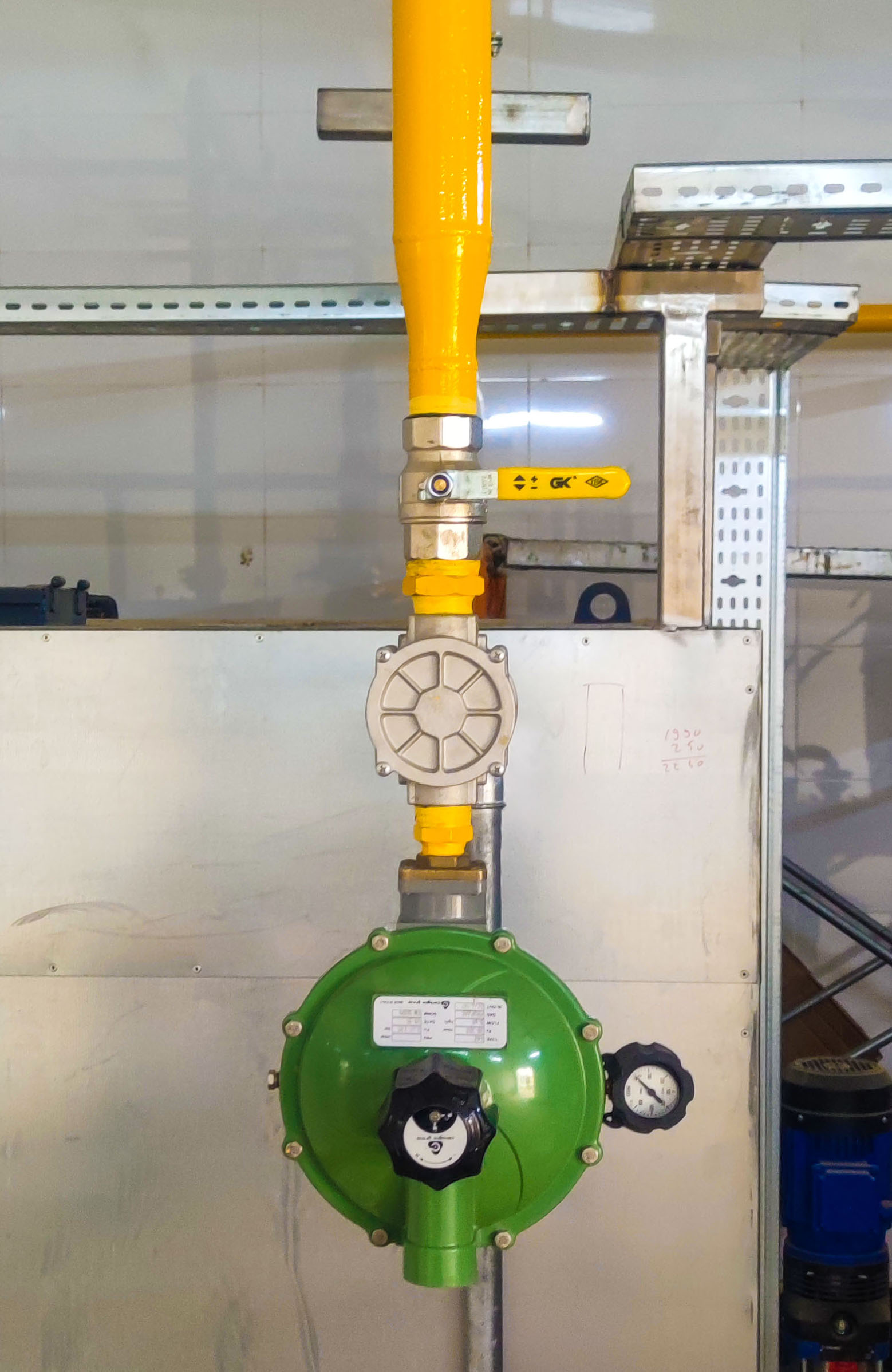Gas Network
What is LPG
LPG is an environmentally friendly source of energy with a wide range of applications: domestic (heating, cooking, hot water production), industrial, agricultural, catering and automotive fuel. LPG is used in hundreds of applications by millions of users throughout the world. When LPG is burned it produces the cleanest emissions of all oil-based products, with a low carbon dioxide output.
LPG stands for “Liquefied Petroleum Gas”. The term is widely used to describe two prominent members of a family of light hydrocarbons called “Natural Gas Liquids” (NGLs): propane (C3H8) and butane (C4H10). The other two members of the NGLs family, ethane and condensates, have their own distinctive markets.
In a gaseous state at normal atmospheric pressure and temperature, LPG becomes a liquid at 15°C when the pressure is lowered to between 1.7 and 7.5 bar. This facilitates both storage and transportation. 1 liter liquid propane = 270 liters gaseous propane at 15°C. Propane starts vaporizing above -45°C and butane above -2°C (excluding its use in cold environments).
Industry experts predict that there will be enough LPG to satisfy anticipated demand for all uses in the foreseeable future.
LPG supply comes from two sources: 66% is automatically generated from gas fields as an associated gas when natural gas is extracted from the reservoir. A balance of 34% comes from crude oil refining as a by-product of the cracking process. With refinery capacity growing and strong grows in the production of Liquefied Natural Gas (LNG) the production of LPG will increase substantially over the coming years.
In Iraq and KRG the gas is created in oil refineries during the cracking process and the gas is also obtained as a by-product during the production of natural gas and oil.
The benefits of LPG
For homes and businesses in rural areas, ZANA GAS is the closest possible alternative to mains gas. It provides a reliable and versatile heat source for controllable cooking and efficient home heating.
What’s more, installation costs are far cheaper than oil tank installation – and running costs are usually fixed for at least six months.
Greener
LPG has the lowest carbon emissions of all fossil fuels available in rural areas. It emits 11.7 per cent less CO2 per kWh than heating oil1. LPG can also be used alongside renewable technologies to reduce carbon emissions (and running costs) further still.
Cleaner
LPG is clean burning, with virtually no soot and very few sulphur emissions. A leak of LPG vapor is unlikely to pose any significant ground or water pollution hazards – unlike an oil spill.


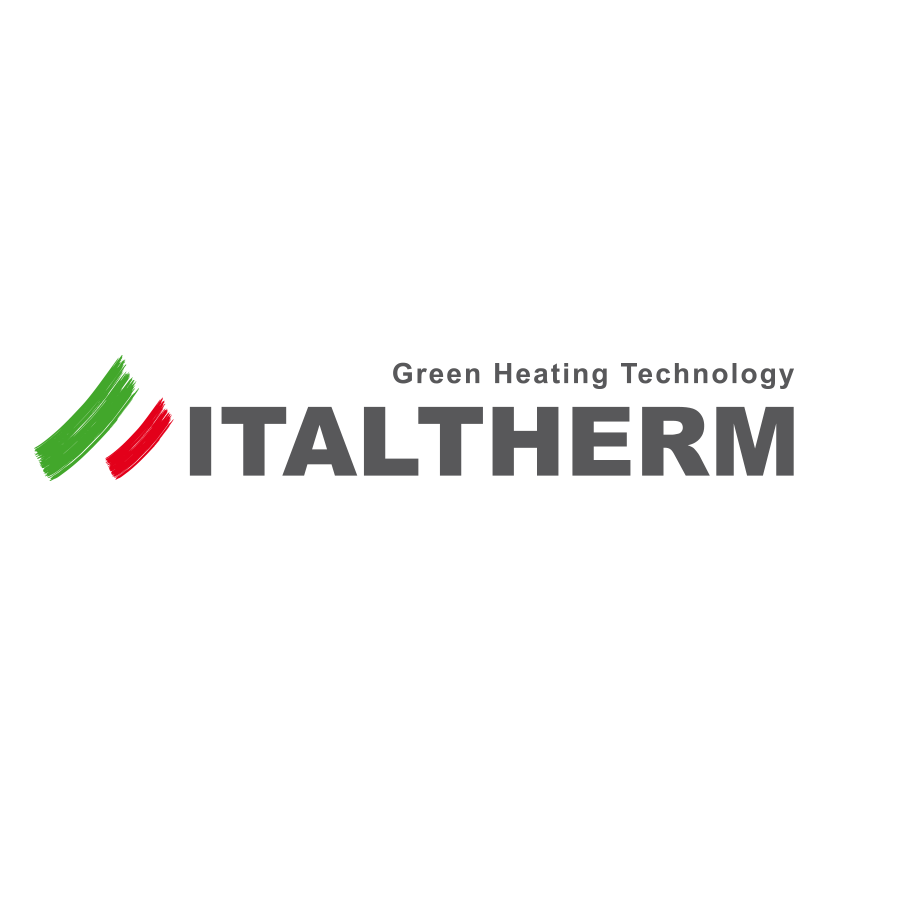
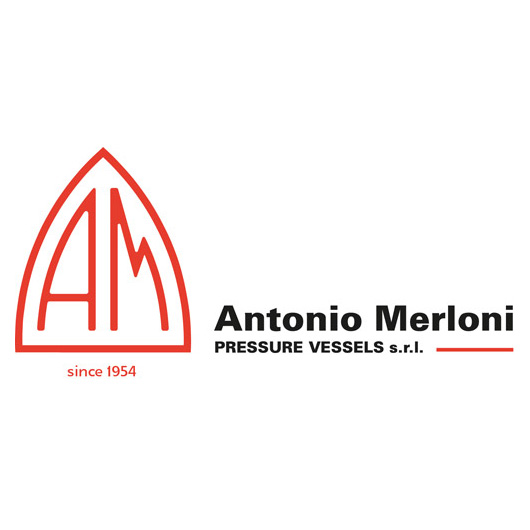


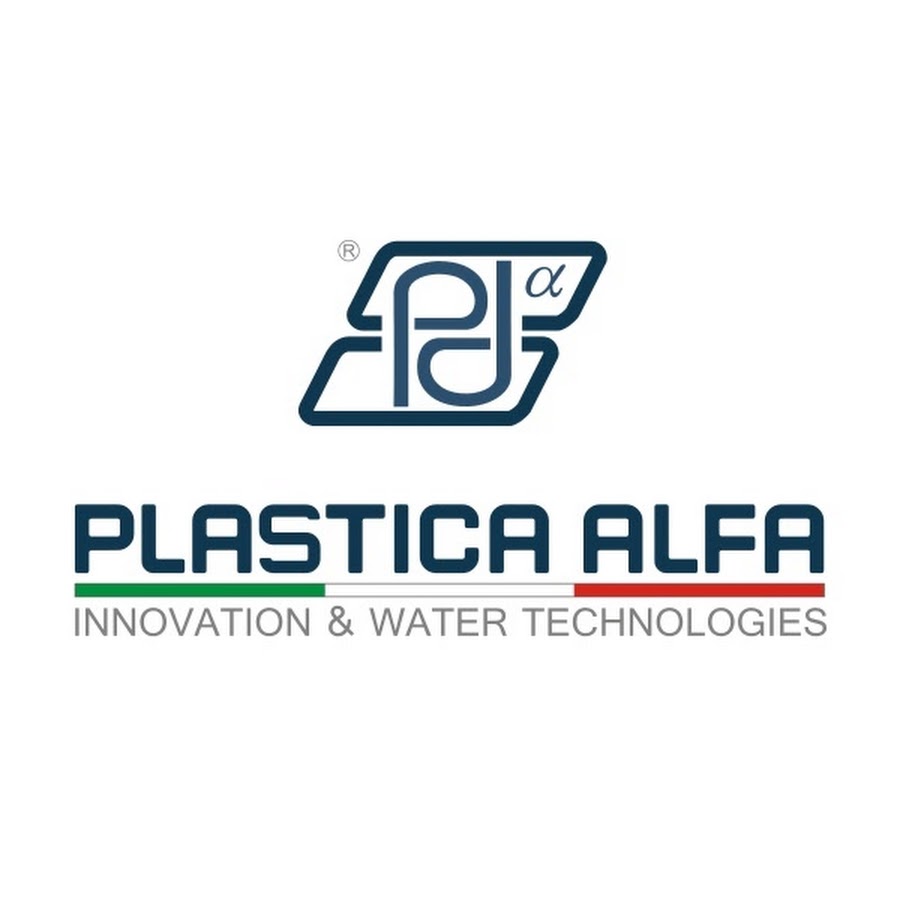
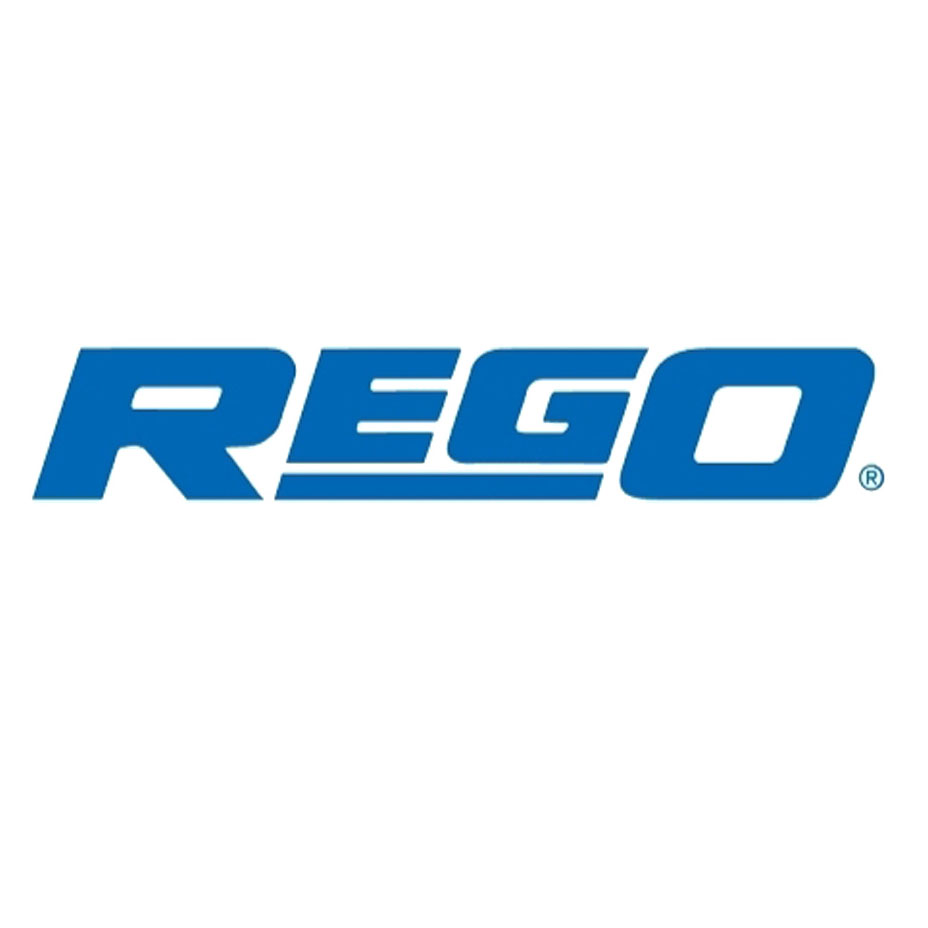
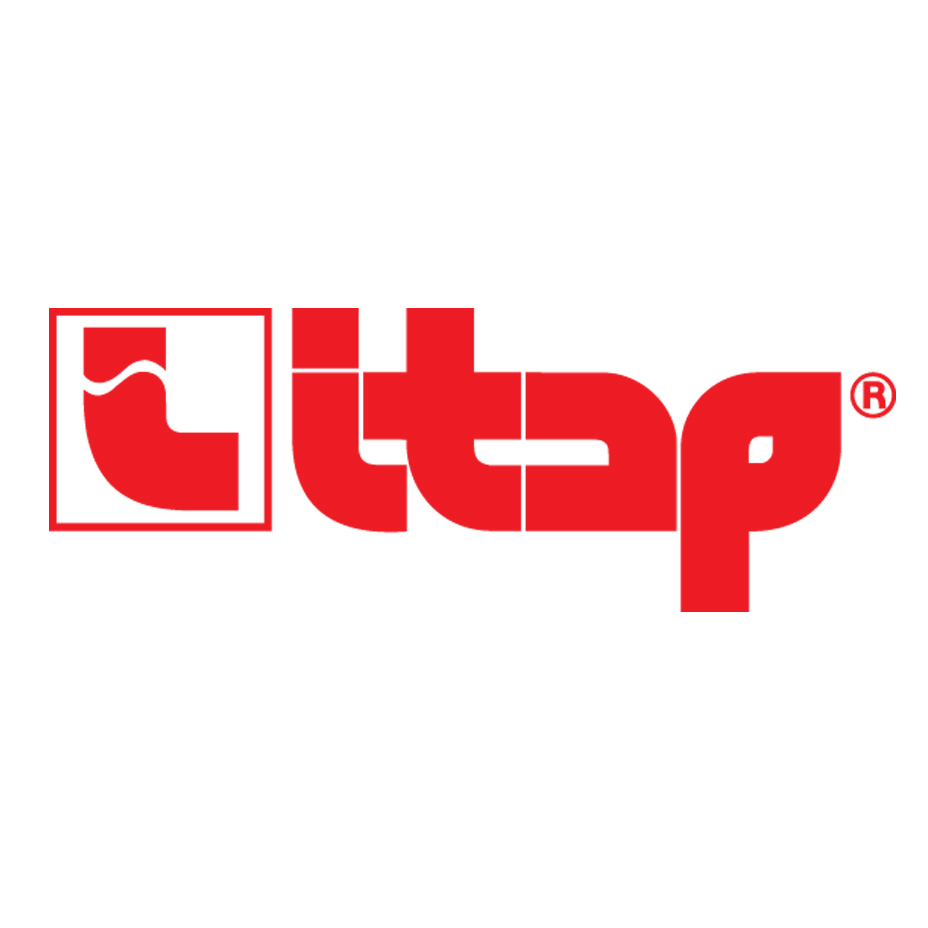
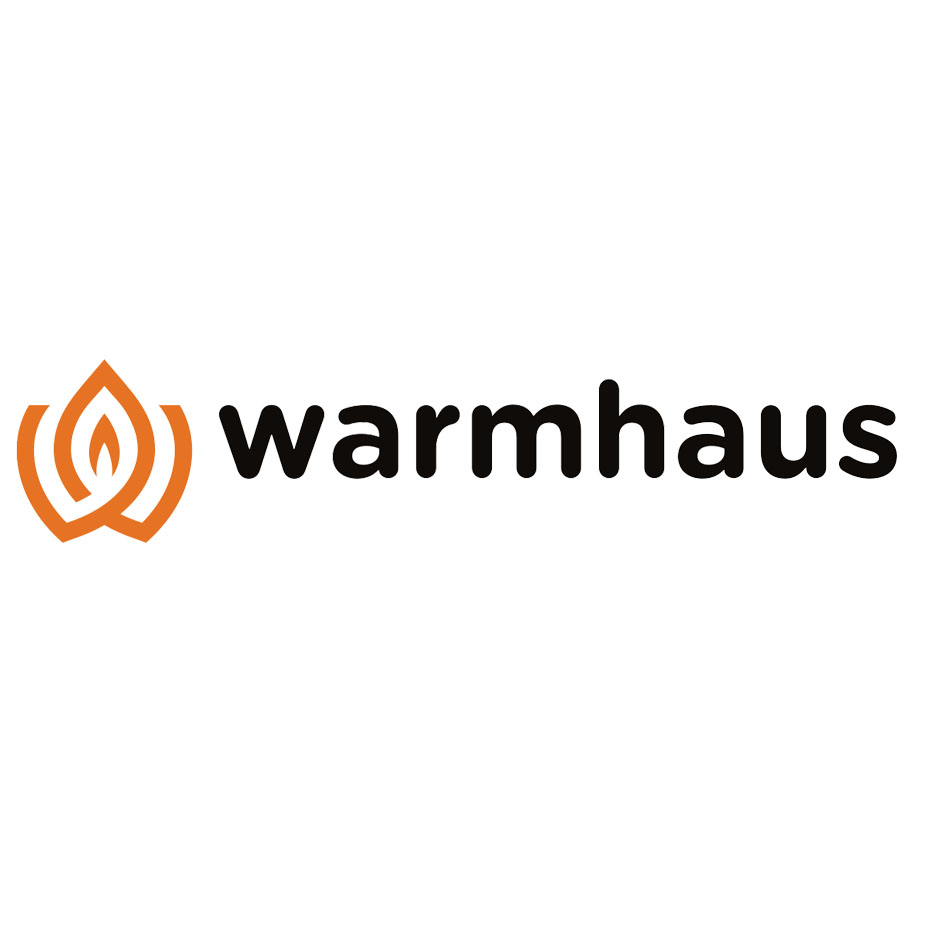



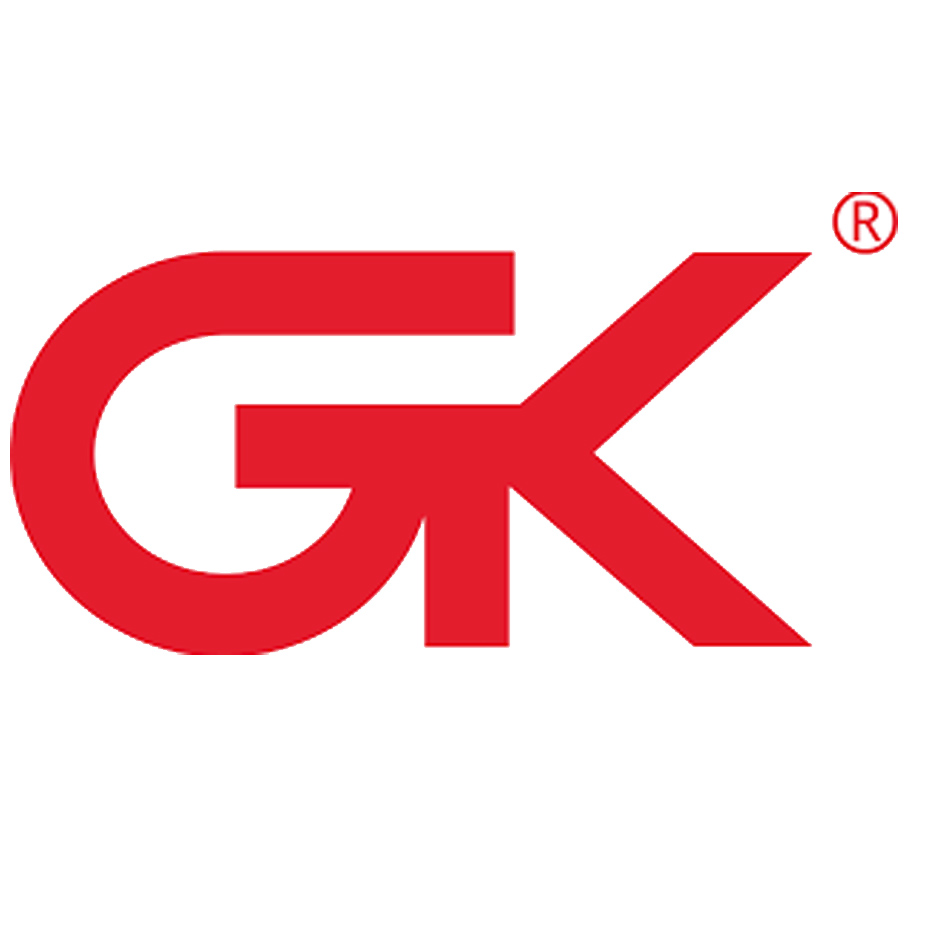


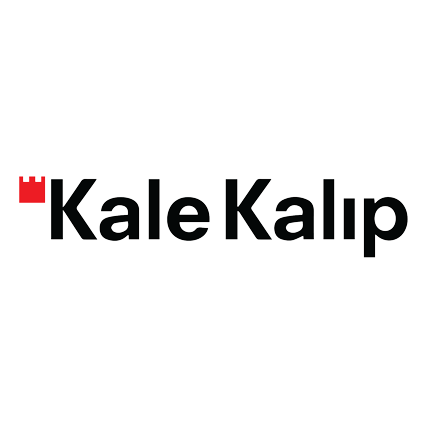
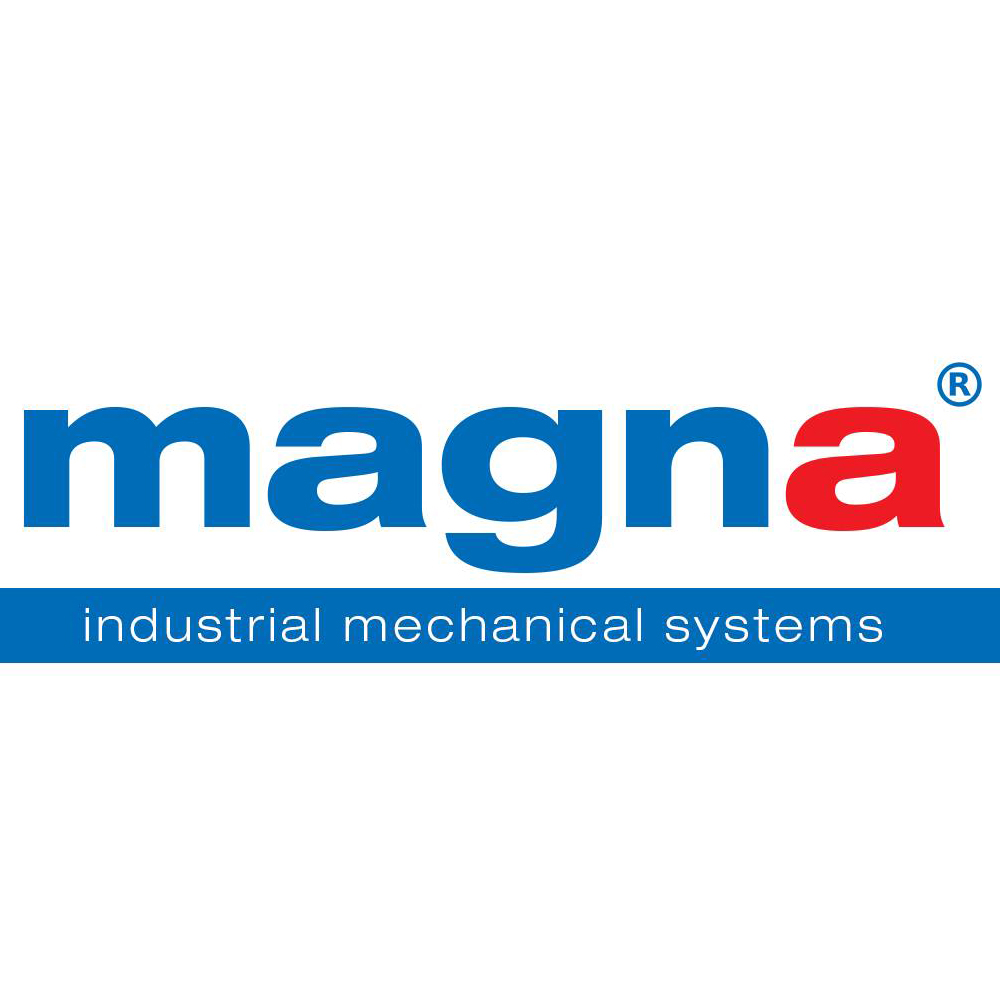
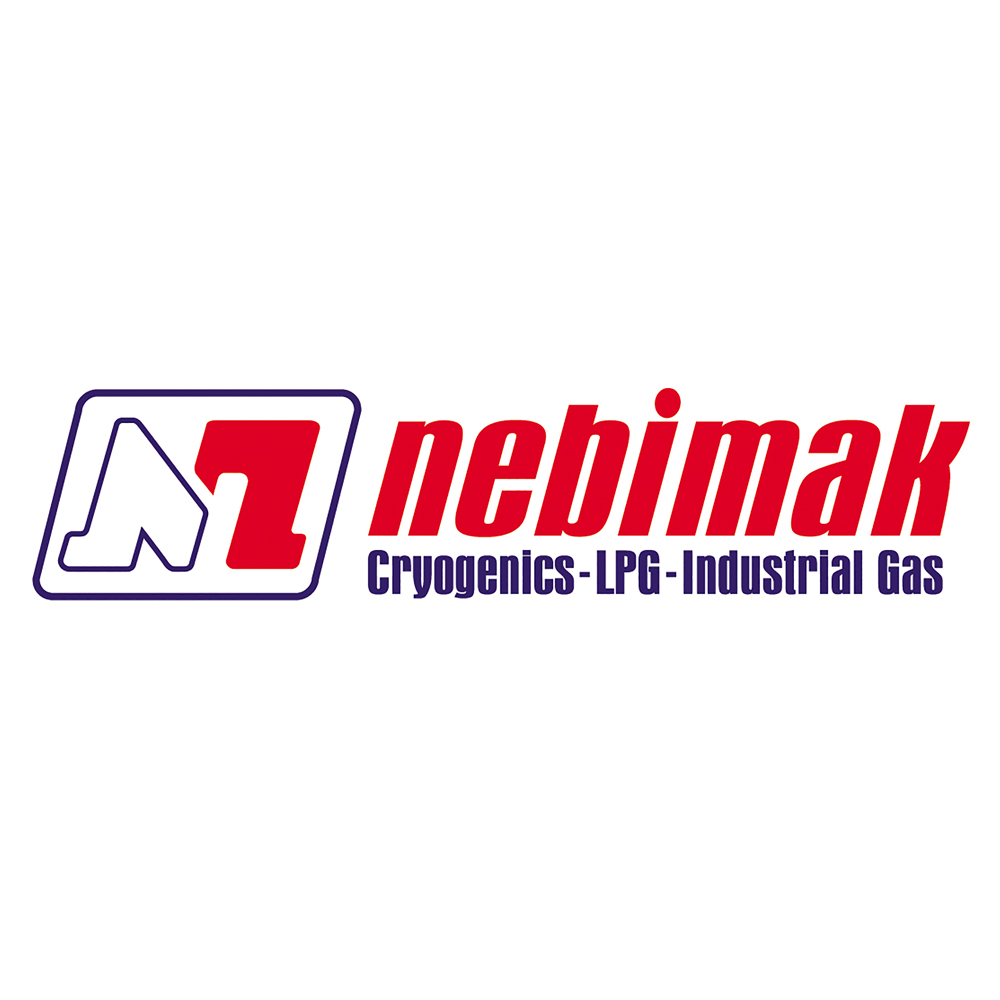

 کوردی
کوردی